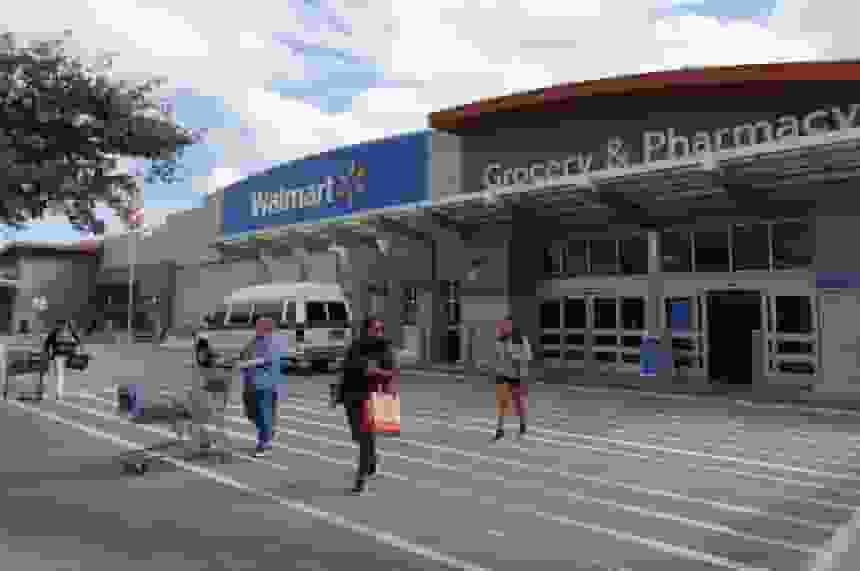The End of Enhanced SNAP Benefits
The end of enhanced SNAP benefits has come, and it’s not just the beneficiaries who will feel the pinch. Retailers like Walmart, Kroger, dollar stores, and other food and beverage retailers that rely on SNAP recipients for a significant portion of their sales could be in trouble because the end of enhanced SNAP benefits is here.

The emergency allotments for SNAP benefits were approved during the COVID-19 pandemic to help low-income households deal with financial difficulties caused by the pandemic. The typical SNAP payment was boosted by $95 a month, and many beneficiaries also received a 15% increase that boosted the average monthly benefit per person to more than $240. However, the end of enhanced SNAP benefits began on March 1, 2023.
READ ALSO: Food Rebates Up To $302 For Americans, Claim Your Share Now!
End of enhanced SNAP Benefits: What are its effects on businesses and retailers?
The end of enhanced SNAP benefits will surely impact the sales of some stores. SNAP recipients often shop at discount stores to make their money go further. This accounts for more than 10% of overall dollar-store revenues and contributes more than one-fifth of overall supermarket sales in lower-income areas.
Now that the end of enhanced SNAP benefits is here, things will have to change for some shops. According to a recent report by GoBanking Rates, the research conducted by IRI found that SNAP recipients accounted for roughly 12% of all food and beverage sales online and in stores at major chains. During the start of the pandemic, SNAP consumers pushed 19% of dollar growth for food and beverage retailers, primarily because of the emergency allotments.
The end of enhanced SNAP benefits is expected to result in a drop in grocery sales at many retailers. In fact, supermarkets in eight states that have already ended emergency allotments underperformed those in the 38 states that still paid the allotments.
According to Goldman Sachs, an analyst, Bargain retailer Grocery Outlet had the most elevated exposure to SNAP, with about 15% of total sales in 2021. Walmart, Dollar General, Family Dollar, Kroger, and BJ’s Wholesale Club are also included in the list of high exposures to SNAP and each of them received nearly 10% of revenue from food stamps, GoBanking Rates reported.
As the end of enhanced SNAP benefits is here, both beneficiaries and retailers await the impact. Some retail experts predict discount chains to suffer because of lower SNAP-related sales. Stephanie Johnson, Vice President of government relations for the National Grocer’s Association, said that it is challenging to create capital and maintain a business without outside support in this low-margin business.
READ ALSO: SNAP 2023: Everything You Need to Know About March Payments





